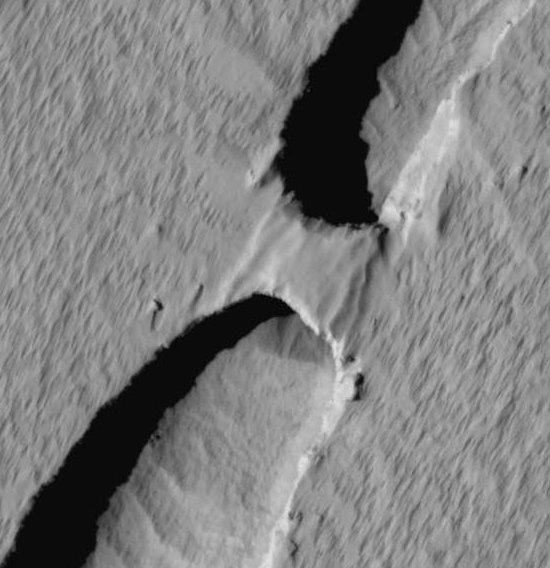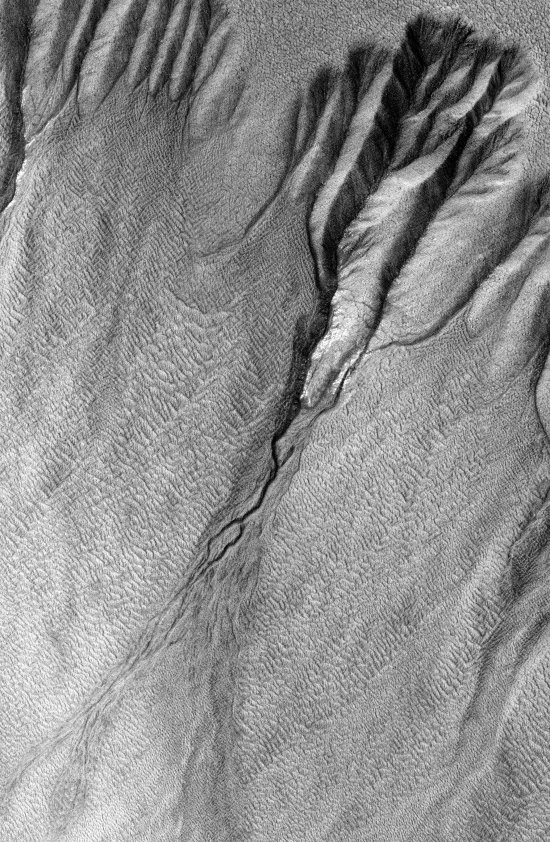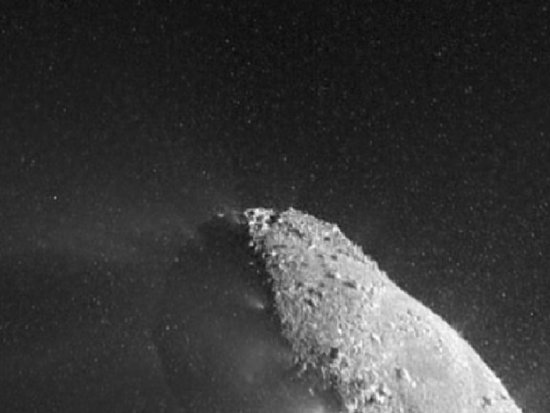Those who visit this website regularly know that I repeatedly post images from the various Mars orbiters and rovers. I do this not only because the images have scientific interest or that they are cool, but because it is simply fun to sightsee, even if it is done by proxy using a robot many millions of miles away. Here are two more images of the sights of Mars.
The first is a mosiac image of a small crater that the rover Opportunity strolled past on November 9 in its four year journey to Endeavour Crater.

What always amazes me about the images that Opportunity has taken as it travels across the Martian desert is how totally lifeless this desert is. You would be very hard-pressed to find any desert on Earth like this. On Earth, life is everywhere, even in deserts with their harsh environment. Moreover, life on Earth has reshaped the surface drastically. Environmentalists like to whine about the havoc humans wreck on nature, but the truth is that all life does this continually. Plants and trees help soften the terrain. Animals (not just humans) mold the surface to their needs.
On Mars, however, all one sees is wind-strewn sand across barren bedrock. What this suggests is that, if there is life on Mars, it is well buried, not very visible, and possibly quite rare. It will thus be difficult to spot.
The second image is another one of those Martian collapse features, where some form of fluid flow under the surface washed out the supporting material. causing the surface to eventually collapse. In this case, however, the collapse left at least one natural bridge. Based on the scale (25 cm = 1 pixel), this bridge is about 80 feet wide and 100 feet long. (To calculate its height requires more mathematical skills than I have.)
Boy, wouldn’t this be a magnificent thing to hike under and across!





